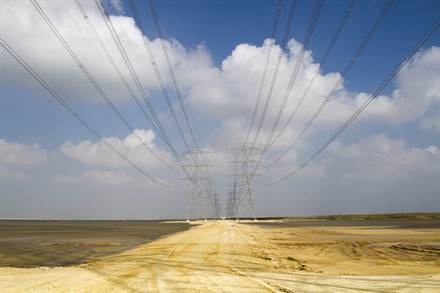
First stage of the Grand West Asian Wintering Waterbird Survey in Saudi Arabia completed
-
Species
The 5th Conservation Status Report produced by Wetlands International for the African-Eurasian Waterbird Agreement (AEWA) highlighted that our understanding of the status of wintering waterbirds is the weakest in the West Asian / East African flyway. This is partially a consequence of insufficient capacity in the region. To help tackle the problem we are supporting the development of strategies for countries in the region with the help of the MAVA Foundation.
The lack of recent wintering waterbird surveys in Saudi Arabia is a particularly important gap. The long coastlines along both the Gulf and the Red Sea and are known to host regionally significant wintering waterbird populations. That is why I am here participating in a wintering waterbird survey to update the population size estimates of waterbird populations in the region for the 6th edition of the AEWA Conservation Status Report in which data from the region are highly outdated.
The survey was initiated by Wetlands International, BirdLife International and the AEWA Secretariat under the African-Eurasian Waterbird Monitoring Partnership and in collaboration with the Ornithological Society of the Middle East, the Caucasus and Central Asia, and is hosted and supported by the Saudi Wildlife Authority.
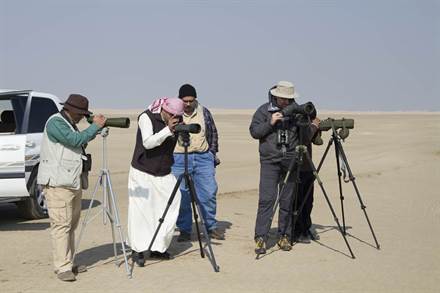
The first stage of the survey covered the Gulf coast between Ras Al Khair and Dammam, which includes three Important Bird Areas: the Abu Ali island, Sabkhat al-Fasl lagoons and Tarut Bay.
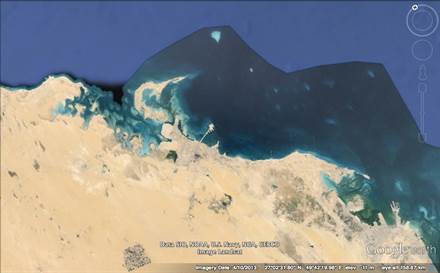
We were pleased to discover that the good conditions and extensive mudflats are supporting large numbers of waterbirds. For example, we counted over 14,000 waterbirds in a less than 300 hectare section of the Tarut Bay near Safwa.
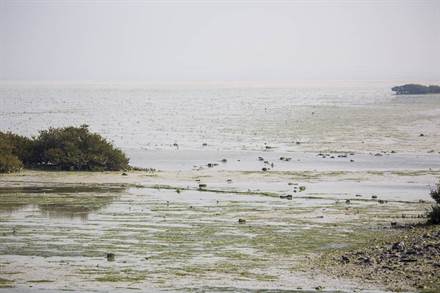
This site is bordered by one of the few remaining mangroves.
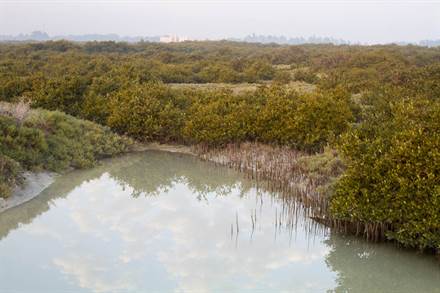
The natural coastal habitats are also important for other biodiversity such as fish and crustaceans, which contribute to local livelihoods.
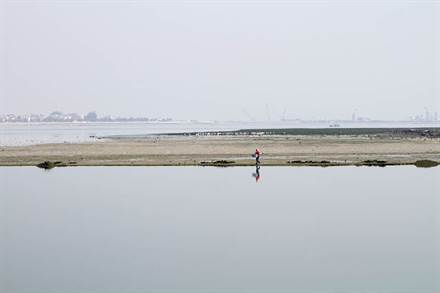
However, the extent of mudflats is shrinking fast due to landfill for urban and infrastructure development.
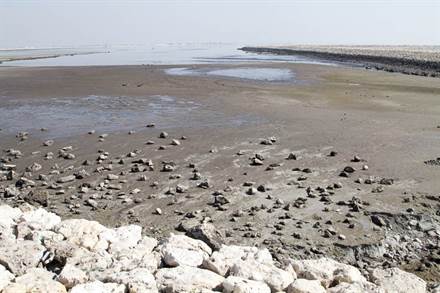
Elsewhere, birds have to coexist with the oil and gas industry.
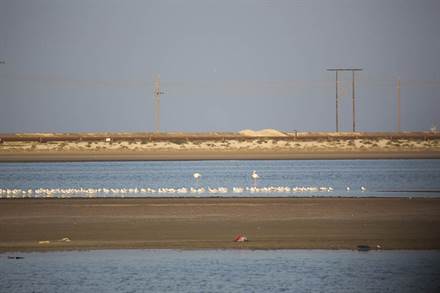
Infrastructure development also fragments the habitats, and power lines pose collision risks to the birds, which is particularly dangerous to large species such as the greater flamingo.
